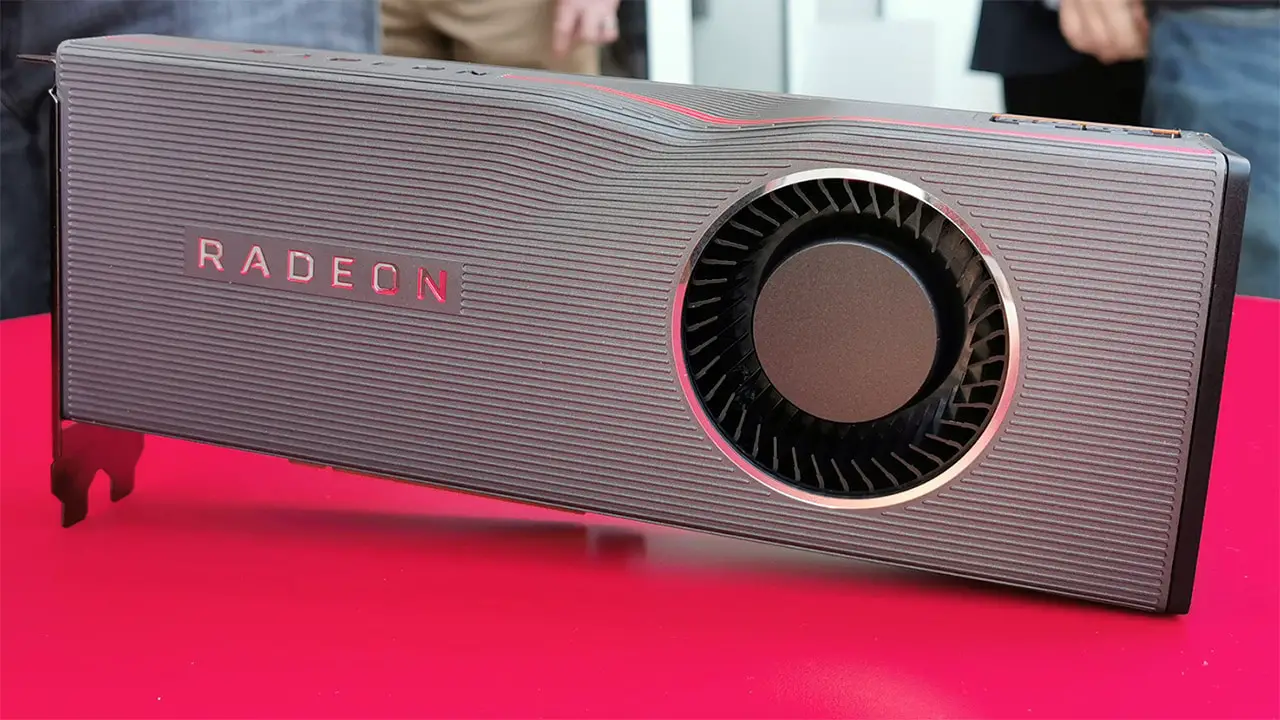Will AMD respond to Nvidia? A range of cards dedicated to miners on the way?
A few references to one surfaced last October AMD solution based on Navi GPU potentially dedicated to cryptocurrency mining. In fact, there was talk of “blockchain GPU“in a few lines of Linux code, and more precisely it mentioned the deactivation of two components, Display Core Next (DCN) and Video Core Next (VCN), functional to support external screens. Just like the new CMP solutions from Nvidia dedicated , in fact, to cryptocurrency miners.
Months later, one
new patch for the Linux kernel reinforces the rumors about the arrival of a
range of AMD mining cards. We speak of a Navi GPU 12, without VCN, as in previous rumors, which suggests that the company may soon respond to Nvidia’s CMP range. A line, however, which uses the previous generation Turing GPUs for three out of four models, so AMD would follow the same path, taking advantage of the previous architecture (RDNA 1) to leave the new one (RDNA 2) to gamers.
Of course, Nvidia has started to limit the performance of GeForce cards (with the RTX 3060 12GB) in mining, while it remains to be seen whether AMD will follow the same path to hijack miners on models dedicated to them (it is rumored the arrival of RX solutions 5700XTB, RX 5700B and RX 5500XTB), or if instead it will equip these new solutions with something that makes them more attractive than the Radeons. We’ll see.
Navi 12 a GPU that we do not find in any Radeon desktop GPU, a project that AMD has created and delivered exclusively to Apple, in the form of the Radeon Pro 5600M. In that specific case the GPU was coupled to HBM2 memory, a unique project not replicated in the world of models for Windows PCs. In that incarnation, the Navi 12 chip offers 40 Compute Units (2560 stream processors and 160 TMU) that reach a boost frequency of up to 1035 MHz, while the memory runs at 1.54 Gbps for a bandwidth of 394 GB / s. The two elements are connected via a 2048-bit bus and allow the new proposal to reach an FP32 (single precision) computing power of 5.3 teraflops.















